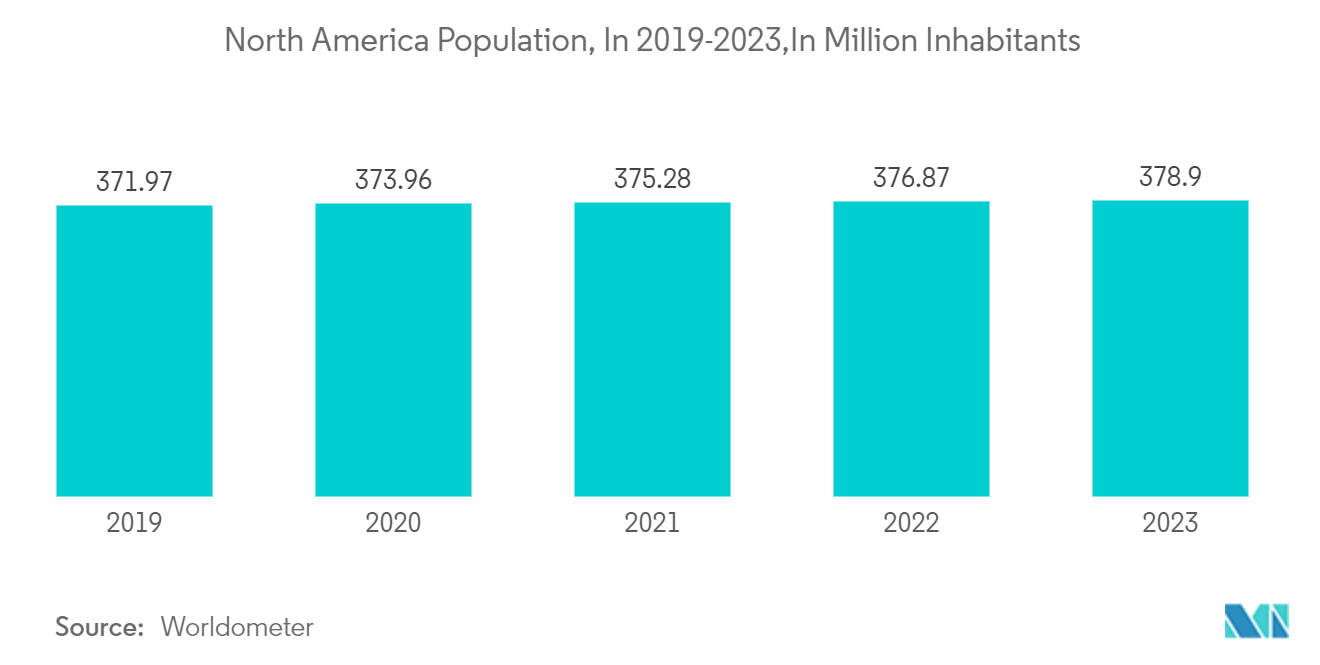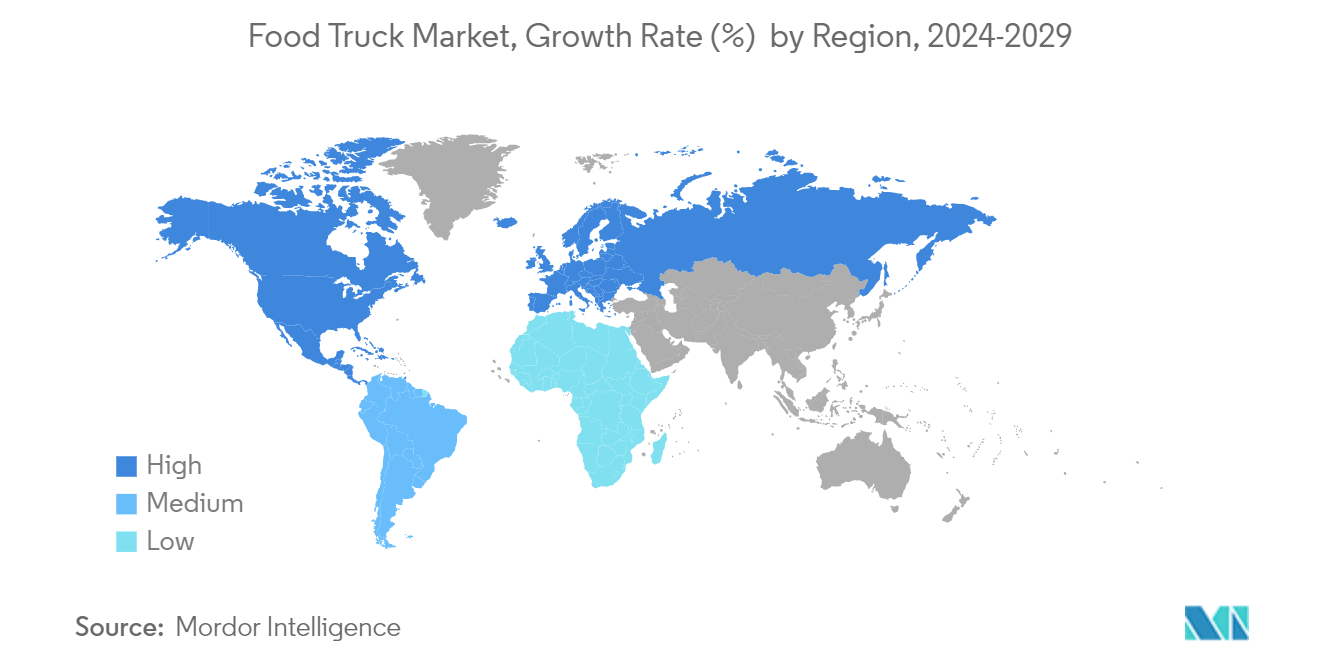Market Trends of Food Truck Industry
Fast Food is Driving Market Growth
The food truck market has grown impressively over the past decade, and a significant driver of this expansion has been the fast food segment. Fast food’s inherent qualities, such as convenience, affordability, and speed, align perfectly with the food truck business model, creating a synergy that propels both industries forward.
The convenience factor is perhaps the most significant advantage of food trucks in the fast food industry. Consumers today lead busy lives, and the demand for quick, accessible meals is at an all-time high. By their very nature, food trucks offer mobility, allowing them to reach customers where they are, outside office buildings, at parks, or at popular events. This mobility is a key selling point for fast food offerings, which thrive on providing quick, on-the-go meals. Unlike traditional brick-and-mortar fast food restaurants, food trucks can relocate based on demand, ensuring a steady stream of customers.
The relatively low start-up and operational costs of food trucks compared to traditional restaurants make them an attractive venture for entrepreneurs. The fast food model, which typically requires less expensive ingredients and faster turnover, fits well within the food truck framework. Entrepreneurs can enter the market with a smaller investment, minimizing financial risk. This economic advantage has led to a proliferation of food trucks offering various fast food options, from burgers and tacos to sandwiches and pizza.
Moreover, consumer preferences are evolving, with a growing emphasis on unique and high-quality dining experiences. Food trucks have capitalized on this trend by offering gourmet fast food options that stand out from traditional fast food chains. These trucks often experiment with fusion cuisines, artisanal ingredients, and innovative recipes, attracting food enthusiasts looking for something different. This blend of quality and convenience has helped food trucks carve out a niche in the fast food segment.
The combination of changing consumer preferences, technological advancements, and economic advantages continues to drive the expansion of fast food trucks.

North America and Europe Witnessing Major Growth
The food truck market has been experiencing substantial growth globally, with North America and Europe emerging as significant regions driving this expansion. In North America and Europe, consumer preferences are shifting toward unique, high-quality, and convenient dining experiences. There is a growing demand for diverse culinary offerings in both regions that traditional restaurants may not provide. Food trucks cater to this demand by offering innovative and eclectic menus, often featuring gourmet, ethnic, and fusion cuisines.
Economic considerations also play a crucial role in the growth of the food truck market. The relatively low start-up and operational costs of food trucks compared to traditional brick-and-mortar restaurants make them an attractive venture for entrepreneurs. Initial investments for a food truck business are significantly lower, often ranging between USD 50,000 and USD 200,000. This affordability allows more entrepreneurs to enter the market, contributing to the proliferation of food trucks across cities in North America and Europe.
The regulatory environment in North America and Europe has become increasingly supportive of the food truck industry. Local governments in many cities have recognized the economic and cultural benefits of food trucks and are working to create more favorable regulatory frameworks. This includes streamlining the permit process, designating specific areas for food truck operations, and providing clear guidelines on health and safety standards.
In North America, cities like Los Angeles, New York, and Austin have established comprehensive regulations that support the growth of the food truck market. Similarly, in Europe, cities like London, Berlin, and Paris have seen an increase in food truck-friendly policies, which has contributed to the market's growth.
As the market continues to evolve, food truck operators in North America and Europe are likely to benefit from ongoing trends such as sustainability, technology integration, and health-conscious dining. The competitive landscape will drive continuous innovation, ensuring that consumers have access to a diverse and exciting array of food options. With their resilience and adaptability, food trucks are well-positioned to thrive in the dynamic and ever-changing foodservice industry, making North America and Europe key regions in the global food truck market.


